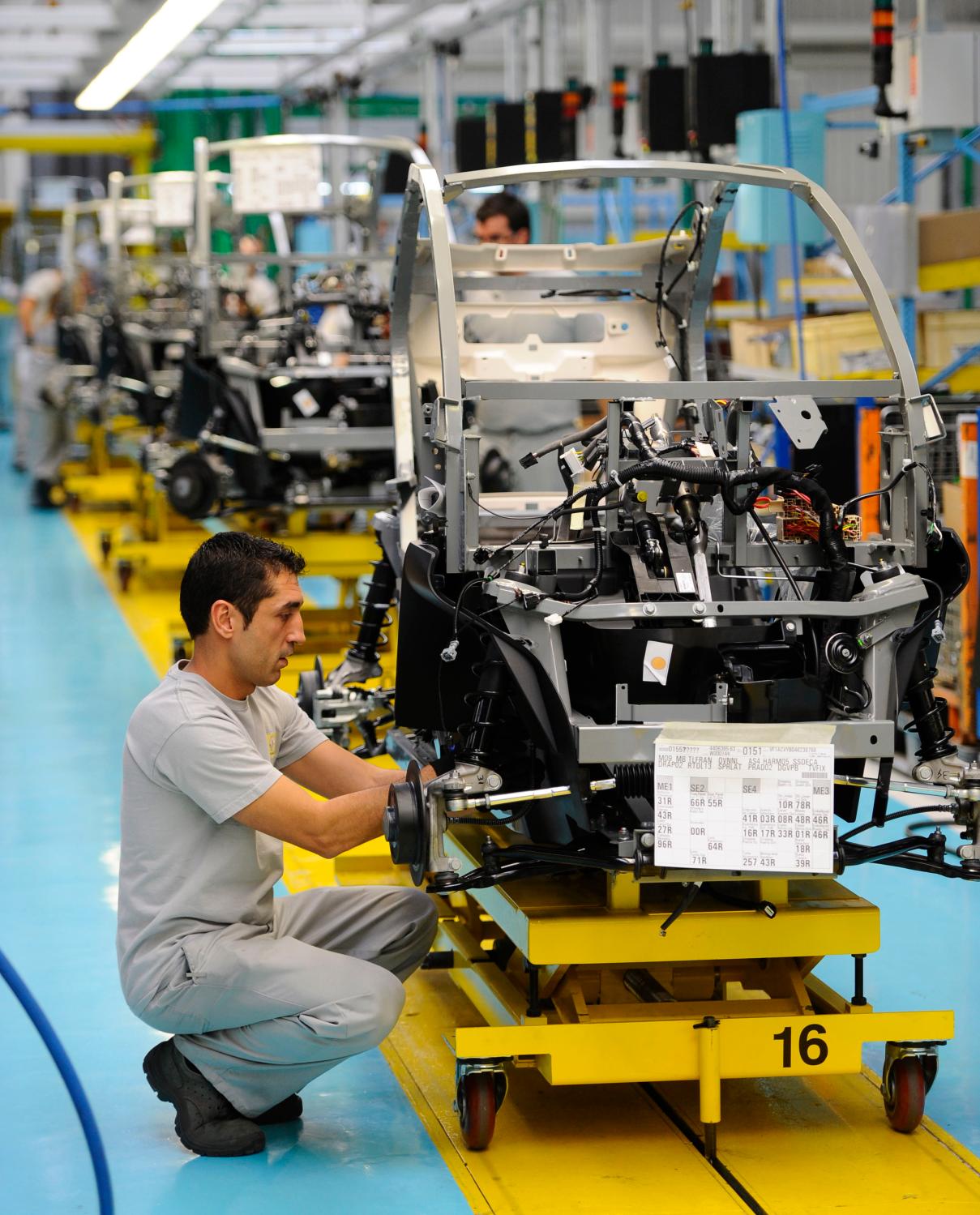What does it take to make innovation “sticky”—that is, locally commercialized? That was the question on the table last week when the Metro Program advanced industries project and Oak Ridge National Laboratory (ORNL) brought two dozen business, economic, and development leaders together at the lab to anatomize efforts to localize the commercial benefits of regional research institutions.
Going forward, U.S. prosperity depends on America’s ability to generate and commercialize advanced industry technology innovations locally and domestically.
Unfortunately, America’s ability to capture the benefits of the domestic scale-up of U.S. technology innovation remains spotty. Too often insights, technology, and know-how fly out of local research centers and university labs and into international value chains, where they are commercialized (and yield jobs) far away.
However, last week’s dialogue surfaced key elements of an emerging, distinctively American style of “bottom up” regional practice that aims to both drive innovation and localize its downstream commercial benefits. Oak Ridge Director Thom Mason talked about the importance of anchor institutions developing “conscious cluster strategies,” as ORNL has around its carbon fiber specialization. President Joe Moody of the Commonwealth Center for Advanced Manufacturing (CCAM) and Executive Director Fred Cartwright of the Clemson University International Center for Auto Research (CU-ICAR) each described how their centers’ local activities are relentlessly focused on what their global industry partners need. And notwithstanding the global nature of modern production systems, numerous workshop participants belabored the “extreme importance,” as one executive had it, of the “local context.”
Here are five takeaways:
1. Local context is critical but first it’s essential to maintain, and expand, federal R&D flows. Amid a long-term crisis of the discretionary budget and with the 2016 elections imminent, Brookings Vice President Bruce Katz stressed the need “stabilize and expand” the nation’s federal research platform, which anchors the anchor institutions. “How do we build the platform?” Katz asked. “Can we move more of these flows to the mandatory side of the budget? ” In this sense the scale of the nation’s basic and translational research enterprise matters hugely to local commercialization.
2. With that said, “making innovation sticky” depends on strengthening local ecosystems. Local commercialization is a “contact sport,” Mason said—one that requires face-to-face dealings, ongoing relationships, and collisions. In that vein, numerous comments spoke to the potential for individual metropolitan areas to become critical forums in which to assemble core technical assets, talent, and critical surrounding infrastructure—and so become focal points for commercial scale-up. Cases in point in East Tennessee are not just ORNL and the University of Tennessee-Knoxville but a growing list of highly relevant industrial assets and the people to staff them, including the Manufacturing Demonstration Facility (MDF) that the group toured and the coming Institute for Advanced Composites Manufacturing Innovation (IACMI).
3. Strengthening local ecosystems won’t succeed, though, if the effort doesn’t engage industry priorities. Firm growth and siting reflect intensely specific requirements, so states and regions have to “listen to the customer,” said Commissioner Randy Boyd of the Tennessee Department of Community and Economic Development. “Development items will not succeed if the items are not based on what customers want/need,” wrote William Dammers of Koyo Bearings North America in a post-event email. In other words, to facilitate not just laboratory breakthroughs but local scale-up regions need to know what would allow private firms to grow.
4. Authenticity matters; specificity matters. Multiple participants relatedly stressed that local commercialization around local innovation hubs can only be accelerated by true relevance. Doug Parks of Dow Chemical Co. warned that generic pitches won’t work. He says he has “listened to federal, state, regional and local economic developers re-package the same programs and concepts for the last 20 years” and thinks that’s a loser’s game. He urges regions to assemble differentiated appeals based on realistic assessments of local and state strengths—and “not what you wish them to be.” For his part, Dammers and others noted that while many basics such as the quality of life may appeal generally, much of a region’s offer needs to be “industry specific.” Parks mentioned that low-cost energy matters for some industries but not for others. Volkswagen’s Burkhard Huhnke mentioned the need for particular occupations. This suggests, concluded Dammers, that “communities need to understand what their particular resources best enable” and “how they fare relative to competing locales,” and work on that basis to foster the commercialization of local know-how.
5. Place matters. Not only does a region’s technology and skills density matter, but the location and accessibility within the region of key anchor hubs may matter too. The MDF is, significantly, located “outside the fence” of remote Oak Ridge’s security perimeter, closer to Knoxville, and is already attracting corporate interest and involvement—for instance, from the upstart 3-D printed EV company Local Motors. Anchor institutions likely need to think anew about their locations and consider reorienting their spatial footprints.
In the end, it was clear that much is in flux, and that there are multiple ways to locally capture the benefits of innovation. On the industry side, most of the companies seemed to be struggling themselves with how to structure technology development internally, with Alcoa’s Tapha Mbaye talking about “open innovation” and the firm’s new licensing model and Michelin’s Olivier Gerardin and GE Power and Water’s Bryan Dods describing internal venture capital models. For their part, mediating enterprises like CU-ICAR and CCAM facilitate local commercialization in sharply different ways. Clemson is a land grant university conducting industry-sponsored research that can then scale up on the innovation campus. CCAM, by contrast, is tied to a consortium of universities but isn’t co-located with them and draws its model from Rolls Royce’s network of seven Advanced Manufacturing Research Centers. In all cases, though, one thing cut across: In enhancing innovation and increasing the chances of its benefits being local, much can be done locally in the nation’s regional industrial ecosystems.
The Brookings Institution is committed to quality, independence, and impact.
We are supported by a diverse array of funders. In line with our values and policies, each Brookings publication represents the sole views of its author(s).




Commentary
Five ways to make innovation ‘sticky’
September 23, 2015